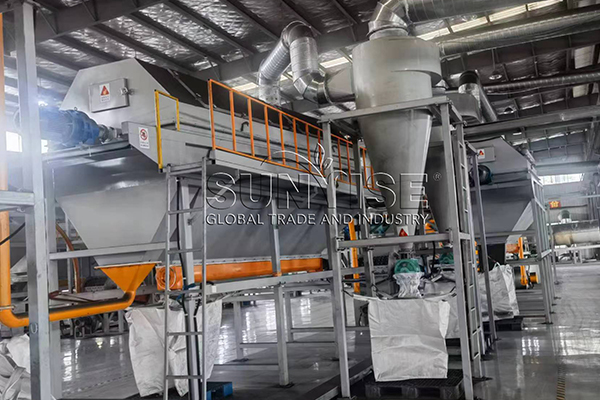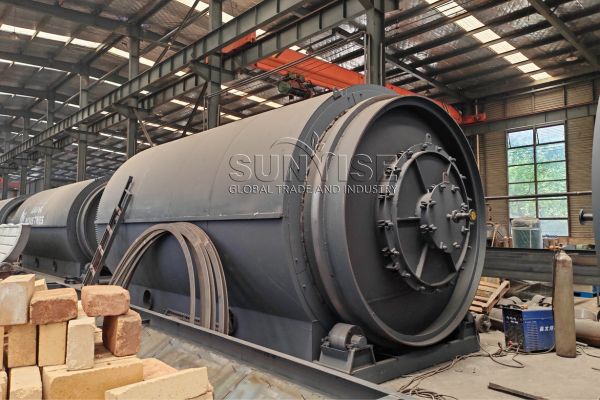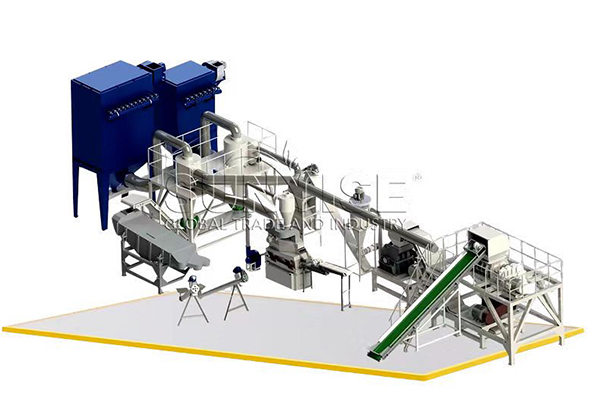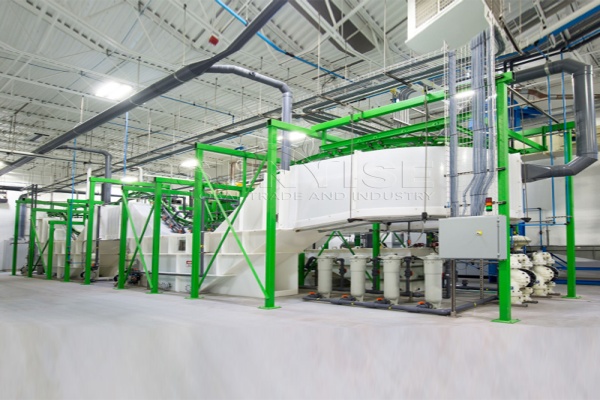Індыя, з яго велізарнай насельніцтвам і квітнеючай аўтамабільнай прамысловасцю, стварае велізарную колькасць адходаў штодня. Паколькі экалагічныя праблемы, звязаныя з няправільным утылізацыяй шын, Неабходнасць эфектыўных і маштабных раслін піролізу ў шынах стала вырашальным. У гэтым артыкуле, Мы вывучым значэнне, Працоўныя механізмы, і перавагі 100-тоннай штодзённай шыны магутнасці піроліз расліны ў Індыі.
Растучая праблема адходаў шын у Індыі
Аўтамабільная рэвалюцыя ў Індыі прывяла да ашаламляльнага павелічэння колькасці транспартных сродкаў на дарогах. Такім чынам, Аб'ём адходаў, выкінутых кожны дзень, дасягае трывожных узроўняў. Гэтыя адходы шыны, Калі засталося без нагляду, прадстаўляць некалькі пагроз. Яны займаюць значную палігон, што ўжо мала ў многіх гарадскіх раёнах. Да таго ж, Калі шыны выкідваюцца ў адкрыты альбо спалены выпадкова, Яны вылучаюць таксічныя выпарэнні і забруджвальныя рэчывы ў паветра, глеба, і вада, Пагражаючы грамадскім здароўем і навакольным асяроддзем. Напрыклад, выкід серы дыяксіду, аксіды азоту, і цяжкія металы падчас некантралюемага спальвання могуць выклікаць праблемы з дыханнямі і забрудзіць сельскагаспадарчыя ўгоддзі.
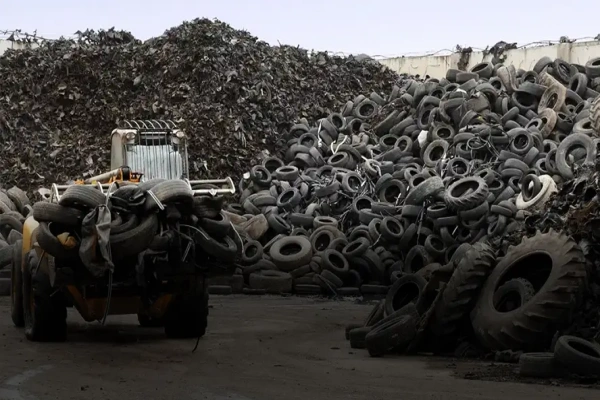
Як працуе 100-тонная штодзённая магутнасць піралізу расліна піролізу?
Сістэма кармлення
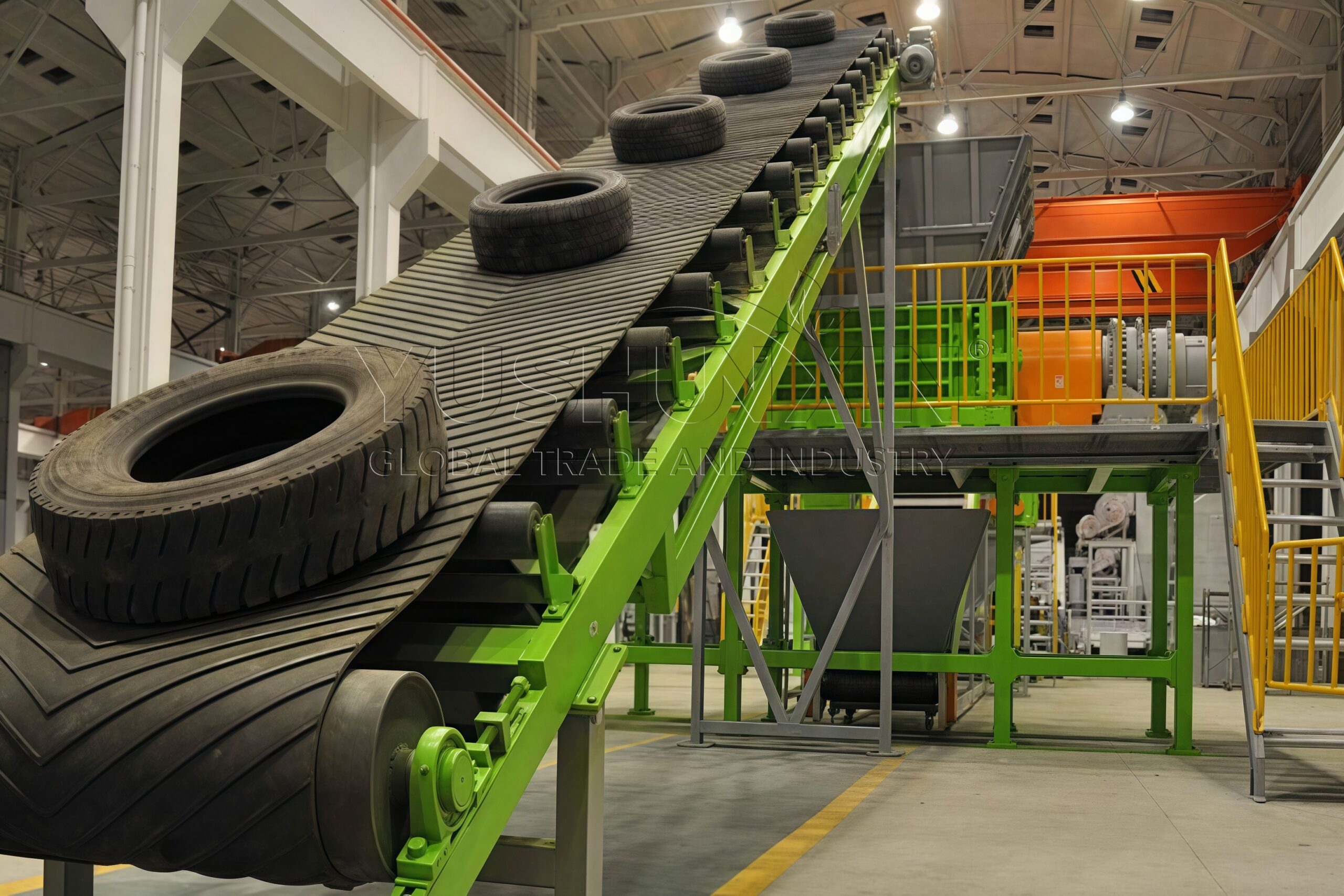
Працэс пачынаецца з надзейнай і аўтаматызаванай сістэмы кармлення. Гэтая сістэма прызначана для эфектыўнага кіравання вялікім аб'ёмам адходаў. Звычайна ён складаецца з канвеерных рамянёў і механічных захопаў. Паясы канвеера перавозяць шыны з зоны захоўвання ў рэактар піролізу. Грыптары забяспечваюць гладкім і бесперапынным патокам шын у рэактар, preventing any blockages. For a 100-ton daily capacity plant, the feeding speed and precision are calibrated to meet the high throughput requirements.
Pyrolysis Reactor
The heart of the plant is the pyrolysis reactor. Here, the waste tyres are subjected to a process called pyrolysis, which occurs in the absence of oxygen at high temperatures, usually ranging from 400 to 600°C. Inside the печ піроліз, the complex chemical bonds in the tyres break down, converting them into three main products: алей піролізу, вугляродны чорны, and combustible gas. The reactor is engineered with advanced insulation and heating elements to maintain a consistent temperature throughout the process. This ensures complete decomposition of the tyres and maximizes the yield of valuable products.
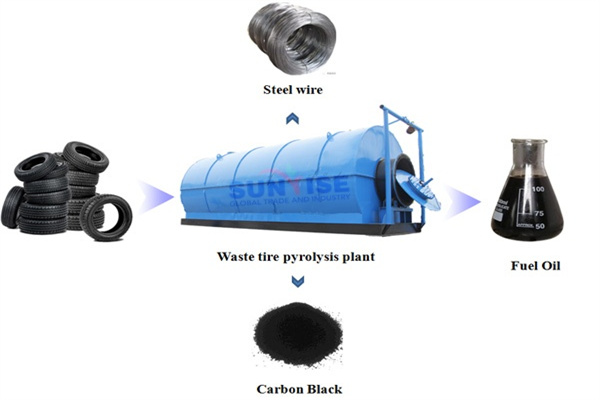
Condensation System
As the pyrolysis process generates hot gases, these gases are immediately directed to the condensation system. The condensation system consists of a series of heat exchangers and cooling towers. The hot gases pass through the heat exchangers, where they are cooled down rapidly. This cooling causes the gaseous components to condense into liquid form, which is the pyrolysis oil. The oil is then collected and stored in dedicated tanks. The quality and purity of the алей піролізу can vary depending on the efficiency of the condensation system, and for a large-scale plant, strict quality control measures are implemented to ensure its marketability.
Gas Purification and Utilization System
The combustible gas produced during pyrolysis is not wasted. It first passes through a gas purification system to remove any impurities such as sulfur and particulate matter. Once purified, a significant portion of this gas is recycled back to the pyrolysis reactor to provide the necessary heat, reducing the overall energy consumption of the plant. The remaining gas can be used to power other auxiliary equipment in the plant or even sold as a fuel source in some cases, contributing to the economic viability of the operation.
Carbon Black Recovery and Processing
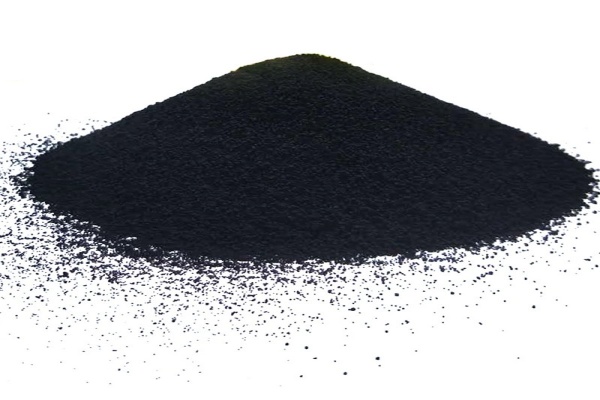
The carbon black obtained from the pyrolysis of tyres is another valuable by-product. It is separated from the other solid residues in the reactor and then undergoes further processing. This includes grinding, sieving, and sometimes chemical treatment to improve its quality and make it suitable for various industrial applications. In India, carbon black has a growing market in the rubber, ink, and plastics industries, прадастаўленне дадатковага патоку даходаў для раслін піролізу ў шынах.
Перавагі 100-тонных штодзённых патэнцыяльных раслін для піролізу для шын
100-ton daily capacity tyre pyrolysis plants in India hold great promise for addressing the waste tyre problem, protecting the environment, and driving economic development. While there are challenges to overcome, with proper planning, investment, and collaboration, these plants can become a cornerstone of India’s sustainable waste management and circular economy initiatives. As the country continues to grow and urbanize, the importance of such innovative waste treatment solutions will only increase. Feel free to contact us if you want to know the price of tire recycling machines.
Звяжыцеся з намі


